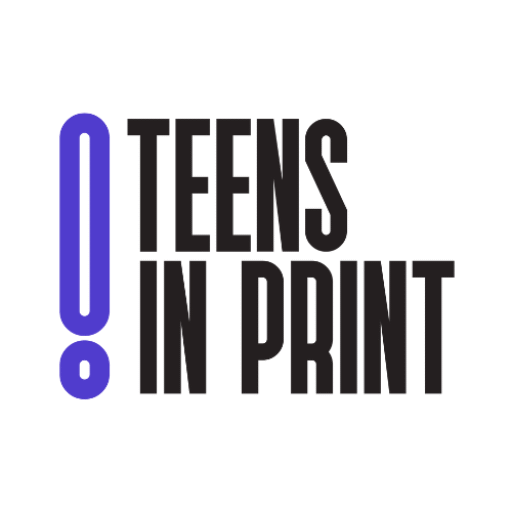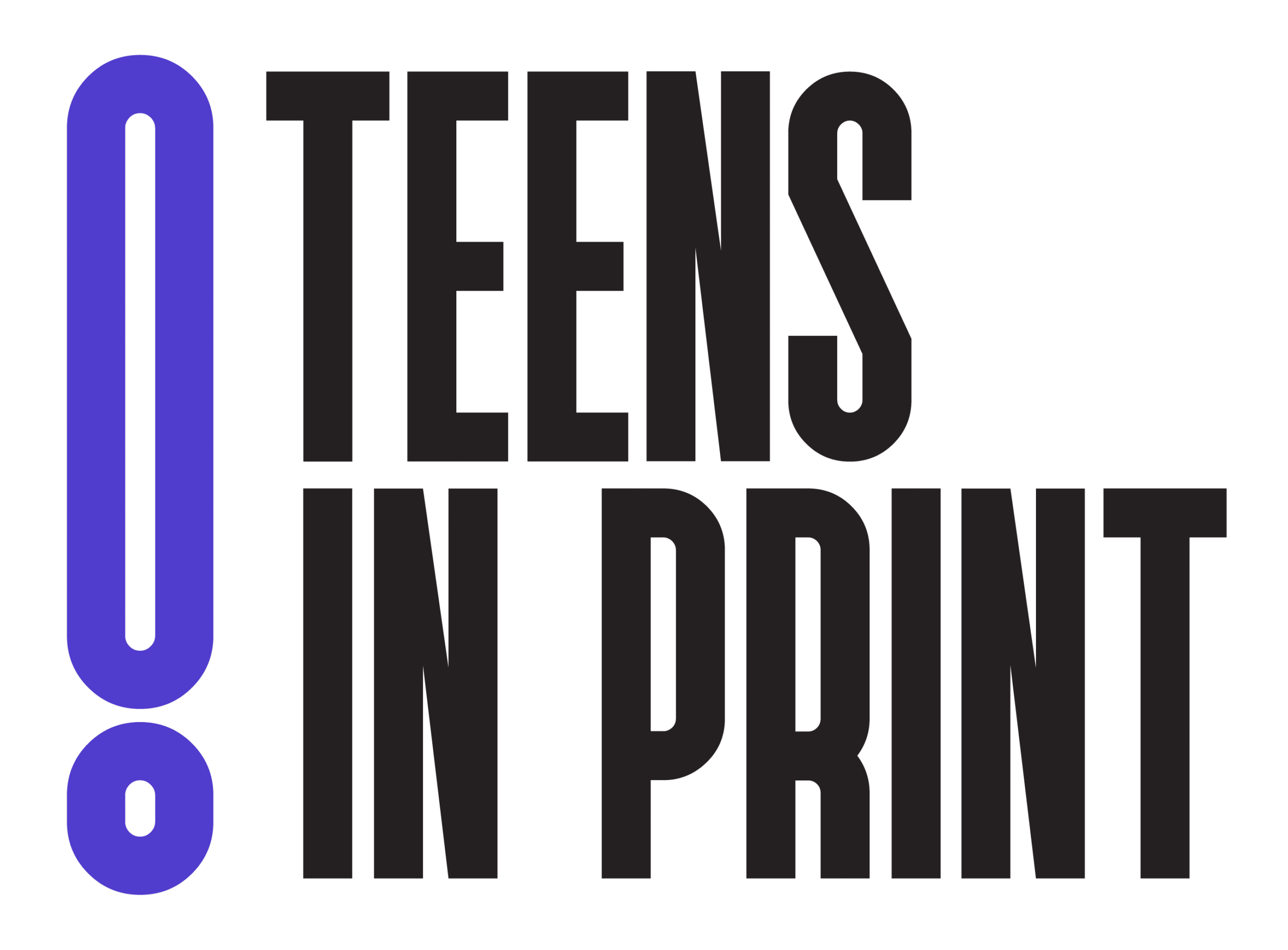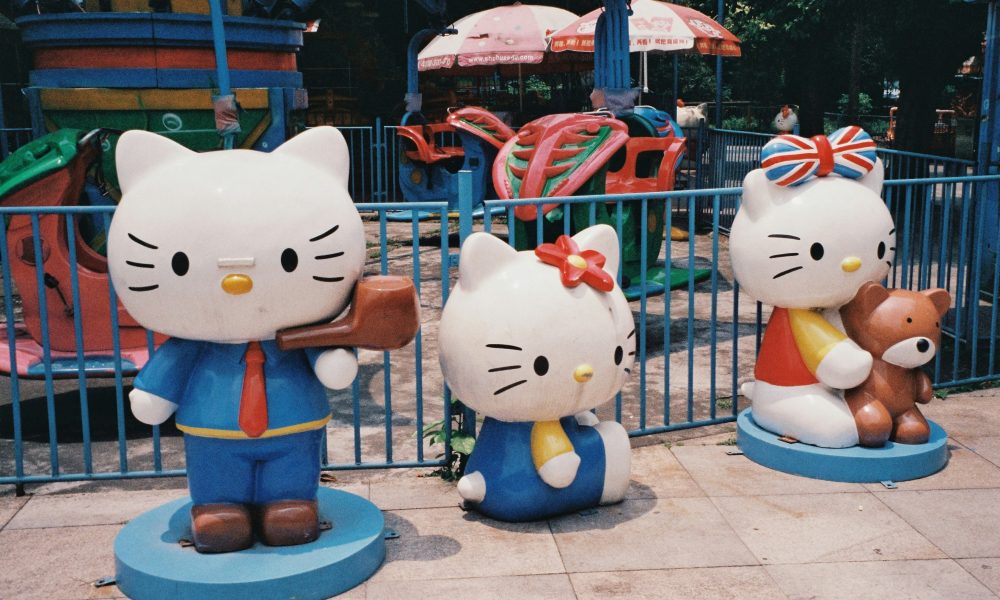The Fascinating Impact Of Hello Kitty Around The World
I have probably loved Hello Kitty for as long as I can remember. From my blankets to my toys, to even my clothing, no matter how old I was, I have always had Kitty White close to my heart. Hello Kitty, an eight-year-old white Japanese bobcat from London, popular for her cute and simplistic looks, has been loved by children, fellow teens, and millions of adults for half a century. She took the world by storm from her first appearance in 1975 on a Japanese vinyl Coin Purse. Though many, possibly including you, may adore this iconic cartoon feline just as much as I do, I don’t understand why she’s so popular or how someone just five apples tall can change not only the lives of thousands of people but the entire world! Hello Kitty has done so much, from putting smiles on children’s faces to uniting entire communities. So, join me on the fascinating history of Hello Kitty as we dive into her lasting impacts on generations around the world.
1. Pop Culture Icon
Hello Kitty has shaped modern pop-culture impacts, specifically Japanese Kawaii culture, serving as a staple of comfort and positivity. She symbolizes joy, harmony, and nostalgia, uniting people of all ages from all countries around the world. She has also changed the fashion world, being a major fashion statement, especially in the 80s and 90s. Hello Kitty merchandise has been adorned and mentioned by celebrities like Paris Hilton, Lady Gaga, and Avril Lavigne, launching Hello Kitty into mainstream Western culture. Hello Kitty can also be seen on countless clothing pieces, plushies, and bedsheets in stores dedicated entirely to her and her friends. Kitty also has many cafes, food trucks and is even featured in theme parks! Her simplistic design allows for universal relatability anywhere, making her a character that is able to connect with everyone, breaking language and cultural barriers and making it easy for people to love and connect with her.
2. Symbol of the Asian American Community
Though I myself am not Asian American, I understand that many of the people in my community are, and it’s important to not only recognize the impact Hello Kitty has had on Young Asian American women growing up in the United States but to celebrate it. I have always respected this character and the many perspectives, thoughts, and feelings that many people have about this character, positive or not. I believe It is essential to be able to comprehend and respect the impacts of Hello Kitty on the Asian American community. Hello Kitty has opened many doors for people to learn more about East-Asian culture and experiences. She has connected young people to their heritage and allowed them to feel joy, pride, and comfort in their identities during times when many felt insecure. She is a symbol of defiance, community, and ultimately, a symbol of confidence to many.
3. Encourages Community
Hello Kitty is a role model for people of all ages, living anywhere, regardless of race, language, gender, or nationality. She encourages community with fans all over the world, from having her own communities on sites like Reddit and Twitter, or TikTok and Instagram, Hello Kitty connects everyone. Some of Hello Kitty’s best traits, and some of the things many of her fans love about her, are her friendliness and kindness for all. Hello Kitty has tons of friends, and she is often featured helping them out! In her show, “Hello Kitty and Friends,” she is always shown doing something for a friend, even when they don’t ask. Whether it’s throwing a birthday party or baking a cake, Hello Kitty shows her friends compassion and kindness, encouraging young viewers to do the same with their friends as well! One way she encourages kindness is by using kindness campaigns. The goal of these campaigns is to complete 10,000 acts of kindness all around the world! Hello Kitty encourages fans to do something nice for their friends as well.
For the last fifty years, Hello Kitty has used kindness and empathy as a brand to have world worldwide impact and help make dreams come true.
This article was written in partnership with Steppingstone.










